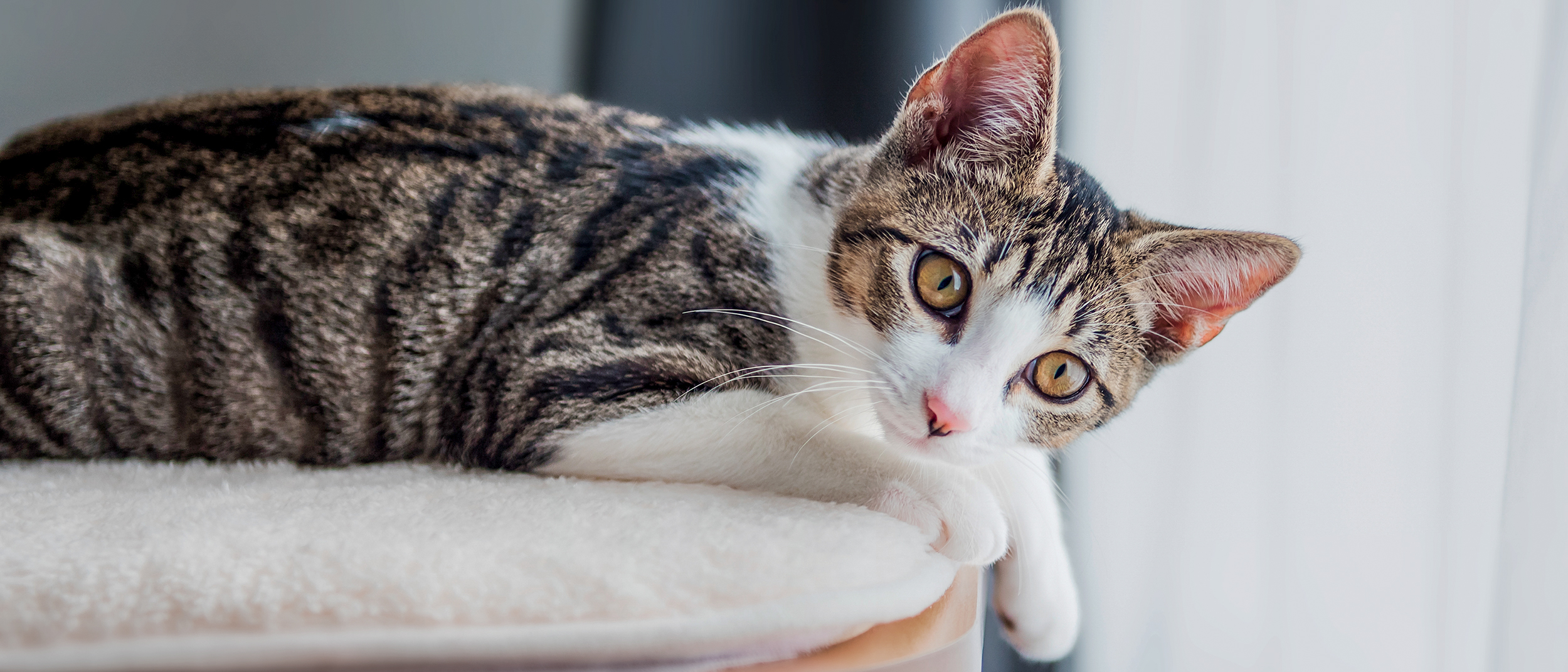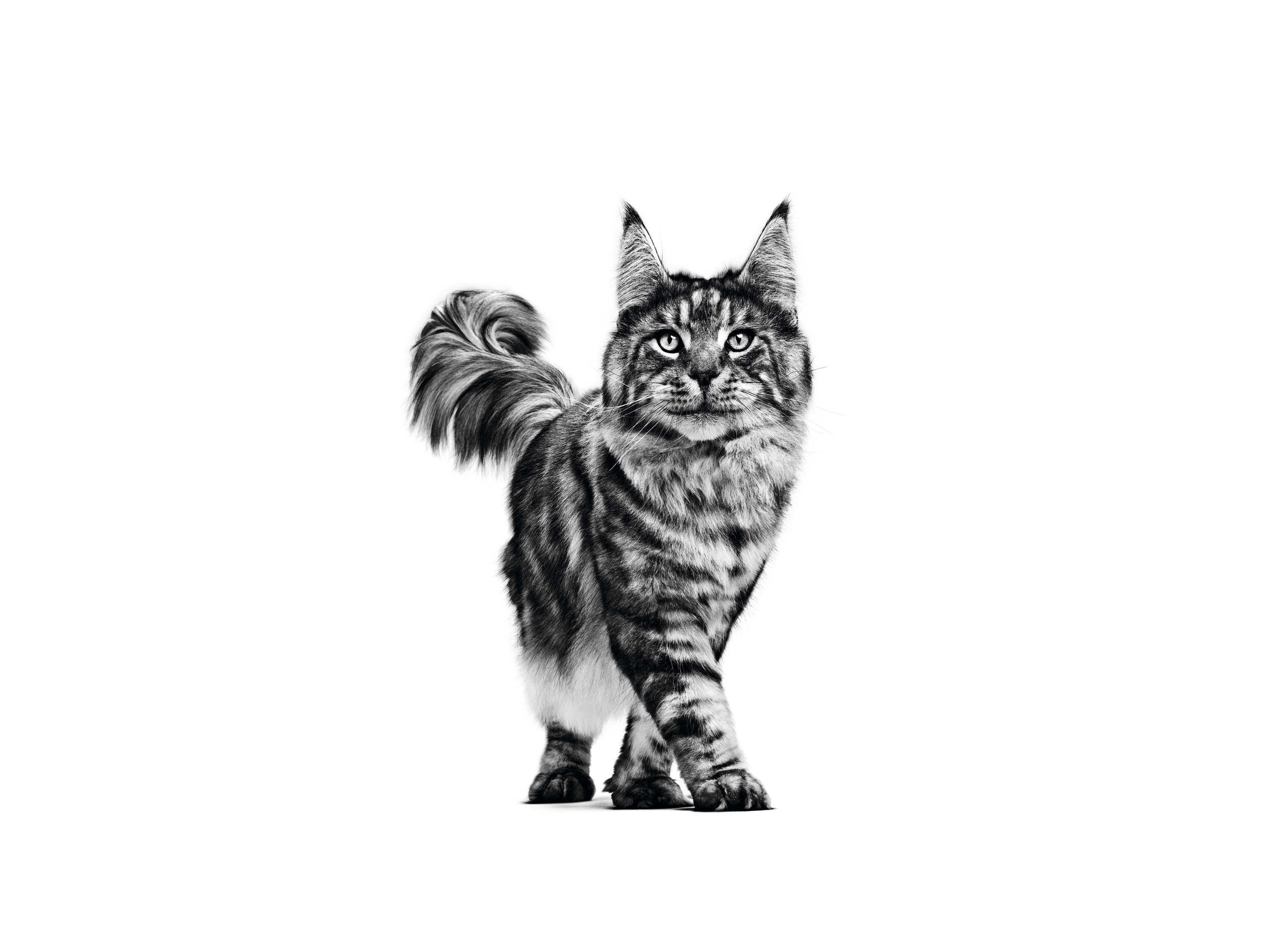Трошкови поседовања мачке

Куповина мачке не кошта много, посебно ако се нисте одлучили за чистокрвну мачку. Међутим, како бисте били сигурни да можете правилно подржавати свог љубимца током његовог живота, на почетку морате узети у обзир бројне трошкове.
Трошкови здравља и добробити ваше мачке
Када мачку или маче први пут доведете кући, као и током прве године код вас, морате узети у обзир бројне трошкове.
- Саветујемо да мачићима дате почетни скуп вакцина у првих неколико недеља живота, како бисте се заштитили од уобичајених и потенцијално разорних болести. Вакцинација се састоји од две инјекције које се дају у размаку од три до четири недеље. Ваша мачка је можда већ добила прву инјекцију пре него што је дошла код вас, јер се прва доза може дати са већ око девет недеља старости. Важно је ипак имати на уму да неће бити заштићено све до након друге инјекције.
- Остале вакцине које нису рутинске, али их ветеринар може препоручити су вакцине против вируса мачје леукемије и врсте бактерија зване хламидија фелис која узрокује конјунктивитис.
- Да бисте спречили да се маче изгуби, препоручује се микрочиповање, а у неким случајевима је оно и обавезно. То је безболно уметање микрочипа испод коже на врату и омогућава да било који ветеринар или азил за мачке може да прочита чип ручним скенером. Ветеринар може обавити ову процедуру на било ком од рутинских прегледа, а потребно је само неколико секунди да ваша мачка може доживотно бити идентификована.
- Кастрирање је једна од најважнијих одлука коју сваки власник кућних љубимца може да донесе. Стерилизација не само да штити од нежељених трудноћа (а кад је толико животиња у азилима, то је неопходно), већ смањује и ризик од различитих здравствених и проблема понашања. Многи азили већ ће стерилизовати мачке пре него што их одведете кући. Алтернативно, то је нешто о чему можете разговарати са ветеринаром.
- Годишњи прегледи код ветеринара важан су део поседовања мачке. Ови прегледи ће омогућити ветеринару да процени тежину и понашање мачке и идентификује све потенцијалне здравствене проблеме који се могу појавити.

Осигурање за мачке
Сваки власник жели да пружи најбоље својој мачки, а ветеринари дају све од себе да трошкови буду разумни, али несреће и дуготрајне болести могу да доведу до значајног повећања рачуна за ветеринара.
Осигурање пружа сигурност да ћете у случају кризе вашој мачки моћи да пружите потребну негу. Компаније за осигурање кућних љубимаца нуде различите нивое покрића, а цене се разликују у зависности од старости, расе, величине и врсте мачке, као и ваше локације.
Најлакши начин да пронађете одговарајући осигурање за вас и ваше маче је помоћу интернета како бисте проверили шта се нуди и пронашли одговарајући пакет за вас. Други извори информација су чекаоница вашег ветеринара и часописи за кућне љубимце
Свакодневни трошкови
Низ ствари ће утицати на дугорочне трошкове поседовања мачке, укључујући њихову расу, врсту длаке и ваш властити начин живота. Иако је већина свакодневних трошкова ограничена, ово су ставке које бисте можда желели да планирате од самог почетка:
- Гребање је природно понашање мачака и важно је да својој мачки обезбедите места да то чини, зато је добра идеја да планирате да имате барем један стуб за гребање у кући. Поседовање бројних других играчака је такође добра идеја, посебно ако намеравате да држите мачку у кући.
- Истраживање, пењање и скривање такође су уобичајена понашања. Дрвеће за мачке се препоручује ради добробити ваше мачке, а оно јој нуди пуно могућности за вежбање и пружа сигуран простор за скривање.
- Један врло важан део бриге о вашој мачки је превентивна здравствена нега, ради спречавања да ваша мачка оболи од бува, црва или крпеља. Већина узгајивача и азила започеће овај процес за вас. Ветеринар ће моћи да вам да више савета о антипаразитском режиму за вашу мачку.
- Храна и исхрана су очигледни стални трошкови. Препоручује се висококвалитетна храна како би се обезбедили одговарајући хранљиви састојци за сваку фазу живота и животни стил; ова врста хране долази у различитим текстурама, влажна и сува, и може се давати свакодневно ако се служи у одвојеним посудама.
- Водене фонтанице се препоручују како би подстакле мачку да пије. Познато је да неке расе посебно уживају у игрању са водом, тако да ове фонтане такође могу да буду извор забаве.
- Још један трошак који треба узети у обзир код мачака је њихов измет. Важно је да се посуде за посип одржавају чистим, јер их мачке вероватно неће користити ако су запрљане.
- Нега длаке ће се значајно разликовати у зависности од расе коју имате, међутим вероватно је да трошкови груминга имају више везе са расположивим временом него са финансијама.
Довођење нове мачке или мачета у ваш дом је узбудљив и срећан период, и лако је превидети могуће трошкове. Међутим, важно је запамтити да мачке могу да живе и до 20 година или више, а узимање у обзир текућих трошкова на почетку обезбедићете да можете да подржите здравље и добробит свог љубимца током читавог његовог живота.
Сазнајте више о расама мачака

Лајкуј и подели страницу